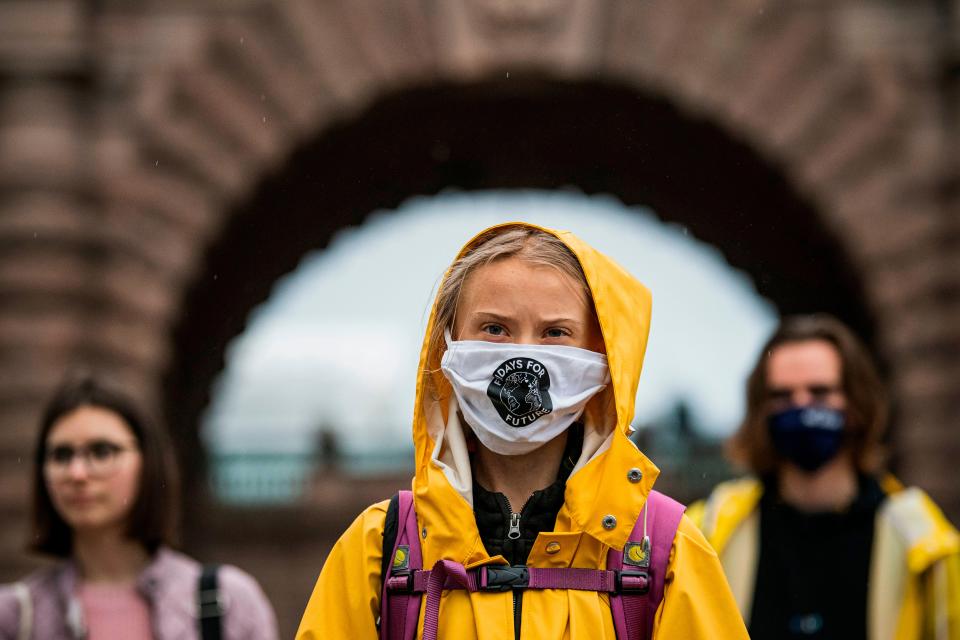Greta Thunberg blasts Amazon for destroying thousands of unsold items in a week: ‘Something is fundamentally wrong’

Greta Thunberg has labelled Amazon’s operating procedures “fundamentally wrong” following news that a warehouse in Scotland was destroying more than a hundred thousand items a week.
Ms Thunberg tweeted on Wednesday: “‘A leaked document showed more than 124,000 items marked as ‘destroy’ in just a week.’
“This is just ONE warehouse. If you have a system where this is possible — and even profitable — that’s a clear sign that something is fundamentally wrong.”
”A leaked document showed more than 124,000 items marked as 'destroy' in just a week.”
This is just ONE warehouse.
If you have a system where this possible - and even profitable - that’s a clear sign that something is fundamentally wrong. https://t.co/bAMsxuZ2Nr— Greta Thunberg (@GretaThunberg) June 23, 2021
Her tweet referenced an ITV News investigation that uncovered that Amazon was destroying millions of items every year.
Undercover filming at Amazon’s Dunfermline warehouse in Fife, Scotland, revealed that
Many of the products that were marked to be destroyed were either unsold stock or returns in good condition.
A leaked document from the warehouse showed that in one week in April more than 124,000 items had been marked to be destroyed. Over the same seven-day period, only 28,000 items were labelled to be donated.
Items sorted into boxes marked “destroy” included smart TVs, laptops, hair dryers, headphones, books and thousands of sealed face masks.
A former Amazon employee told ITV News that depending on the week, there could be up to 200,000 items marked to be destroyed.
Amazon’s warehouse business model is largely responsible for this behaviour. Many vendors pay to have their items housed in the web giant’s warehouses to enable quick shipping and next day delivery for certain items.
But when items fail to sell, or companies no longer pay to store their goods in the warehouse, it becomes cheaper to dispose of the goods.
In a statement, Amazon said: “We are working towards a goal of zero product disposal and our priority is to resell, donate to charitable organisations or recycle any unsold products.”
“No items are set to landfill in the UK. As a last resort, we will send items to energy recovery, but we’re working hard to drive the numbers of times this happens down to zero.
“We are committed to reducing out environmental footprint and building a circular economy programme with the aim of reducing returns, reusing and reselling products, and reducing disposals.”
Energy recovery is the process by which recyclable materials are stripped from products, and the rest of the product is reconverted into energy and put through the national grid.
The Dunfermline warehouse lies forty miles southwest of Glasgow, where world leaders will gather in November for Cop26. Ms Thunberg has said that she will not attend the climate summit because of “extremely inequitable vaccine distribution” in response to the coronavirus pandemic.
Read More
Amazon driver delivers packages in town devastated by tornado

 Yahoo Finance
Yahoo Finance 